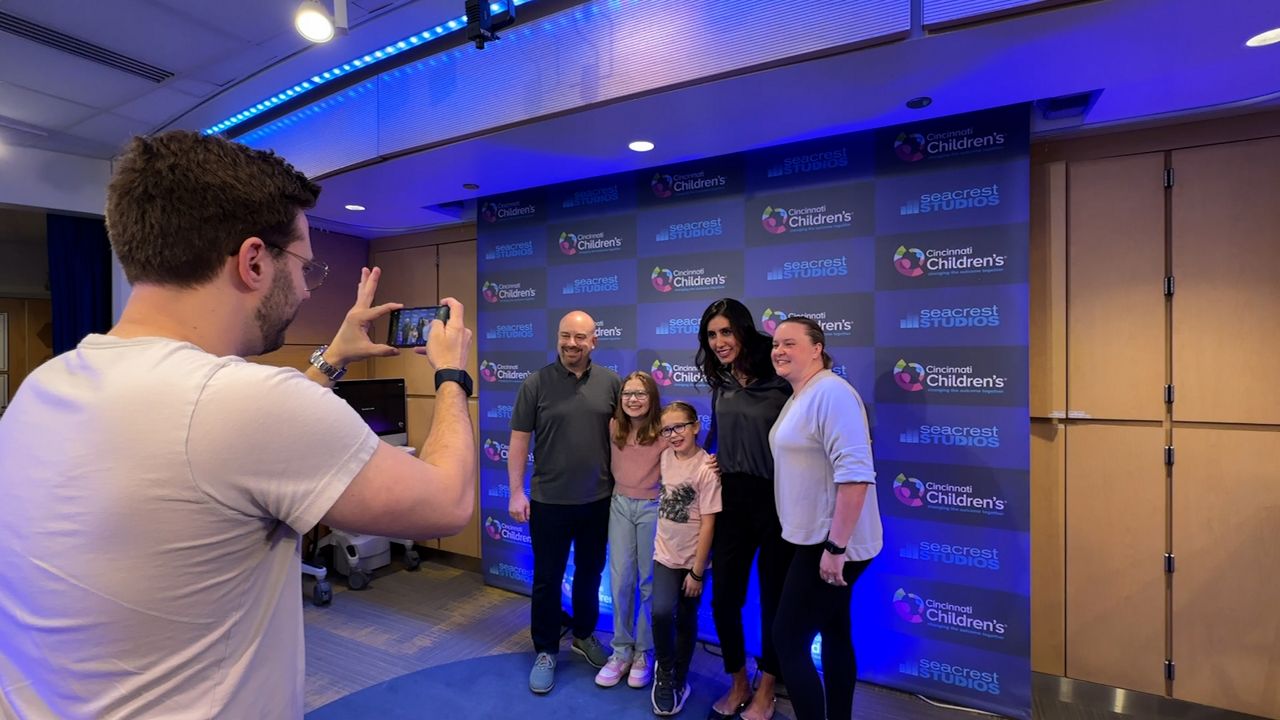CINCINNATI — At Cincinnati Children’s Hospital Medical Center, a multi-million-dollar proton lab is changing the way Dr. John Perentesis treats children with cancer.
While cure rates for children with cancer have improved dramatically in the last 20 years, now the methods for targeting cancer are much more precise as well.
“We are at the threshold of a real revolution in how we treat pediatric cancers,” Perentesis said. “It’s not only how do you cure kids, but how do you cure kids without doing damage and assuring, really, lifelong wellness.”
Since traditional chemotherapy kills healthy cells and cancer cells, children can experience long-term consequences following treatment. With proton therapy, a 90-ton particle accelerator called a cyclotron produces a beam of radiation that can be focused to within a millimeter, the size of a coarse grain of salt, to attack tumors.
Perentesis compares traditional radiation to a flashlight, illuminating a large area, while protons are like “small little smart bombs or particles that target a tumor with absolute precision.”
This precision, unlocking the potential to go after previously difficult to reach cancer cells, promises better odds for some of the youngest patients fighting cancer.
For Josie Eshman, diagnosed with rhabdomyosarcoma, a soft tissue cancer, when she was just five years old, the six weeks of proton therapyy following traditional chemotherapy, did not slow her down. Josie’s mom, Shannon Eshman, recalled how after each day’s treatment, Josie insisted on going back to preschool to play with her friends.










